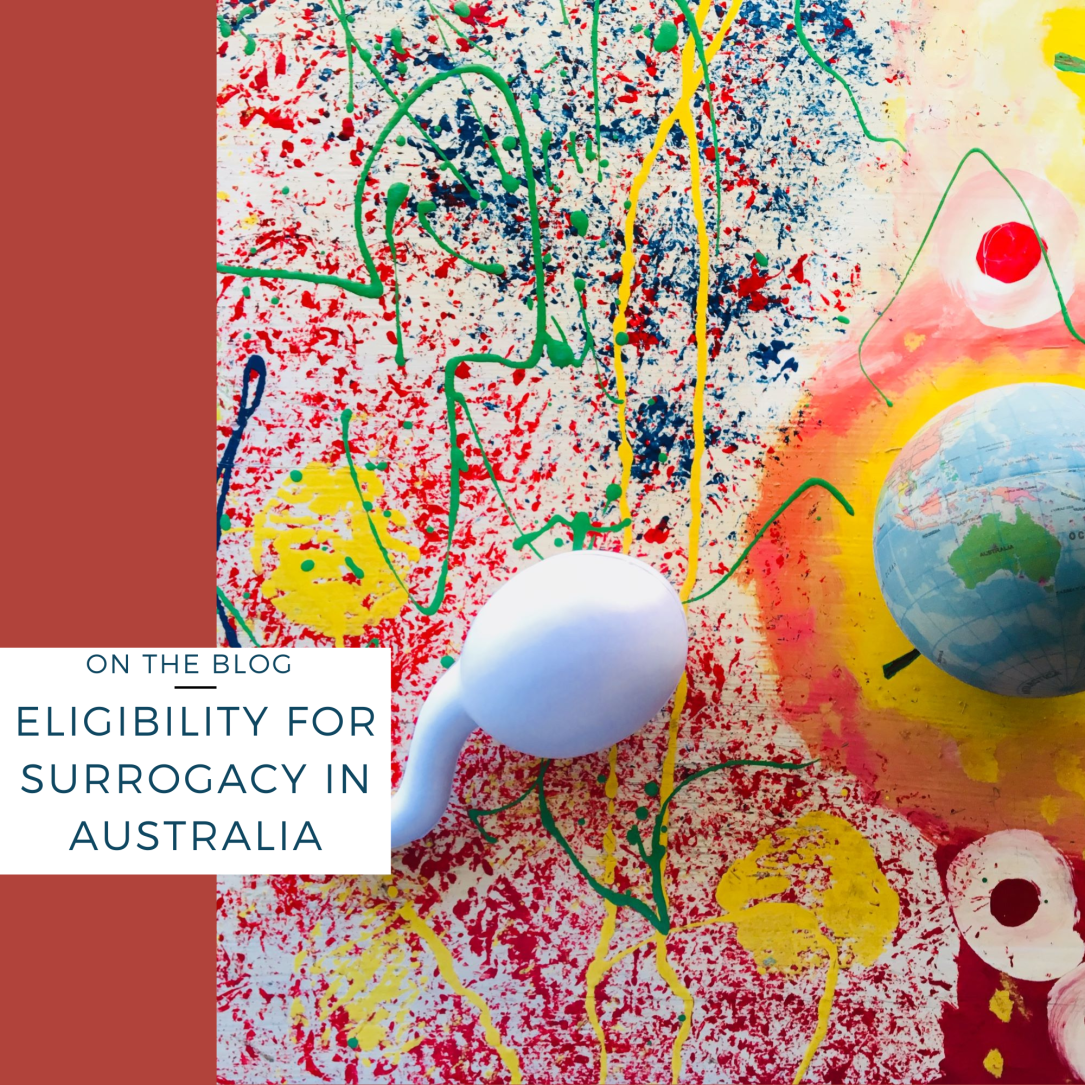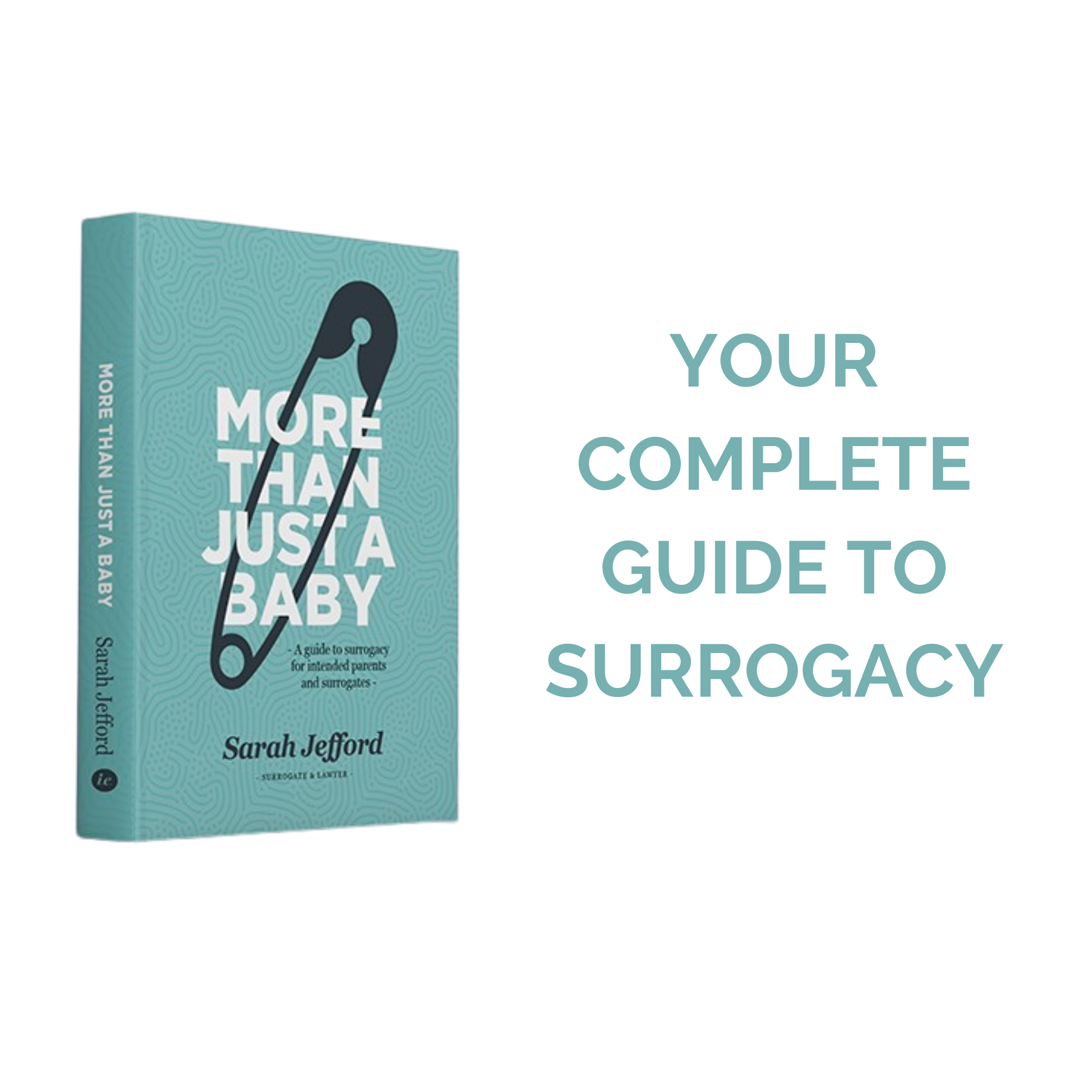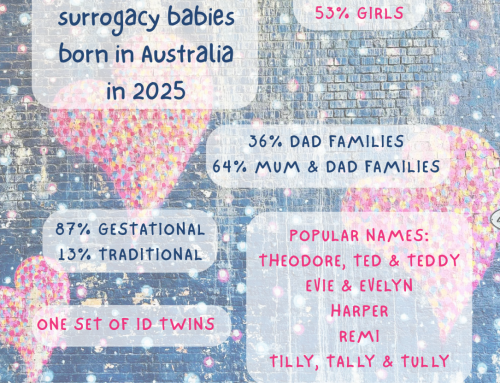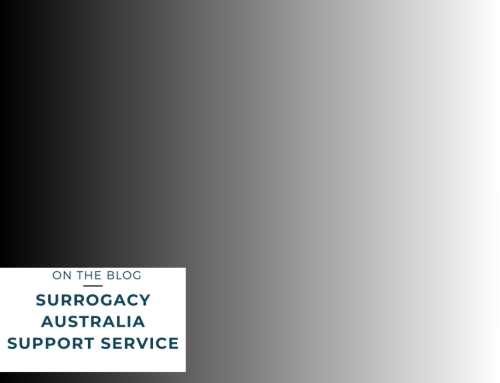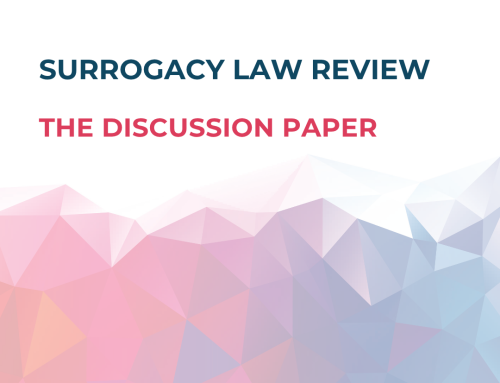Am I eligible for surrogacy in Australia?
If you are new to surrogacy, you can read about how to find a surrogate, or how to become a surrogate yourself. You can also download the free Surrogacy Handbook which explains the processes and options.
You can read a broad overview for surrogacy in Australia and how it works. Have you thought about joining Surrogacy Australia’s Support Service? Read this first.
The first step when determining whether, as an intended parent, you are eligible for surrogacy in Australia, is to work out which laws apply to you. The laws of the state where the intended parents live apply, even if their surrogate lives in another state. For example, NSW intended parents rely on the Surrogacy Act 2010 (NSW), even if their surrogate lives in Tasmania.
Surrogates are usually over 25 years old. In most states, a surrogate does not need to have had her own child before becoming a surrogate.
Tasmanian intended parents must have a surrogate who lives in Tasmania – note that this is something that might be worth negotiating and you should get legal advice if you have a surrogate who lives outside Tasmania.
Victorian intended parents must have a surrogate who has previously given birth, unless exceptional circumstances are involved.
If you or someone you know is considering becoming a surrogate, you can read more about the eligibility and processes and find out if it suits you.
To be eligible for surrogacy in Australia, most states are the same – the intended parents must have a social or medical need for surrogacy. This includes singles and couples who cannot conceive or carry a baby themselves. Western Australia and ACT do not require there to be a proven medical or social need.
We should legislate for social surrogacy across Australia. Everyone should have the right to decide whether to be pregnant, either to grow their own family or to help someone grow theirs, or to pursue surrogacy.
Looking for a surrogate and not sure where to start? We Need a Surrogate – What’s Next? And if you have a surrogate or intended parents, you can get started on the surrogacy process.
There are generally three categories to be eligible for surrogacy:
- People who do not have a uterus, including singles and couples where neither of them have a uterus. This might be due to being born without a uterus, or having had it removed for many reasons.
. - People who do have a uterus, but for any reason they cannot carry to term, or should not carry a pregnancy because of the risk to themselves or the baby. This might be, for example, because they have a chronic health condition and the medication is incompatible with pregnancy. Or that being pregnant may have such a detrimental effect on their health that should be avoided. Or it might be that they have problems growing sufficient uterine lining to carry a pregnancy. Pregnancy loss and previous birth trauma may be another reason. There are many reasons, and all of them are medical – which means they need a doctor to verify that they qualify for surrogacy.
If both members of the couple have a uterus, they both must be unable to conceive or carry a baby to term in order for both members of the couple to qualify for surrogacy in most states. Egg-sharing, where one partner in a couple provides eggs and the other partner carries the baby, is not surrogacy and is simply another way of creating a family – sometimes referred to as reciprocal IVF.
Unfortunately, the surrogacy laws are not consistent, so not everyone that falls into one of the above categories qualifies for surrogacy.
Surrogacy laws were finally introduced in the Northern Territory in 2022.
For many people, infertility can be treated in a vast number of ways, including different treatment protocols or with donor gametes. You may need to consider the use of donor eggs or sperm before you consider surrogacy. For many people, surrogacy may be the last option. If your doctor has not raised the option of surrogacy with you, then ask them if it is something that you should be considering.
A medical need for surrogacy might also include psychological need, for example where a someone with a uterus suffers with tokophobia (fear of pregnancy). Trans men and non-binary people may qualify for surrogacy due to body dysphoria. The individual decision and assessment needs to be made between the person, their family and their medical practitioners.
If you believe that you are eligible for surrogacy, the next step would be to discuss your options with your fertility specialist and consider how you might find a surrogate in Australia. The chart in this post might also be helpful.
Many intended parents consider surrogacy in another country. You can read more about international surrogacy options, but be sure to get legal advice before taking that path.
I have written a book, More Than Just a Baby: A Guide to Surrogacy for Intended Parents and Surrogates, which is the only guide to surrogacy in Australia.
You can find more information in the free Surrogacy Handbook, reading articles in the Blog, by listening to more episodes of the Surrogacy Podcast. You can also book in for a consult with me below, and check out the legal services I provide.

